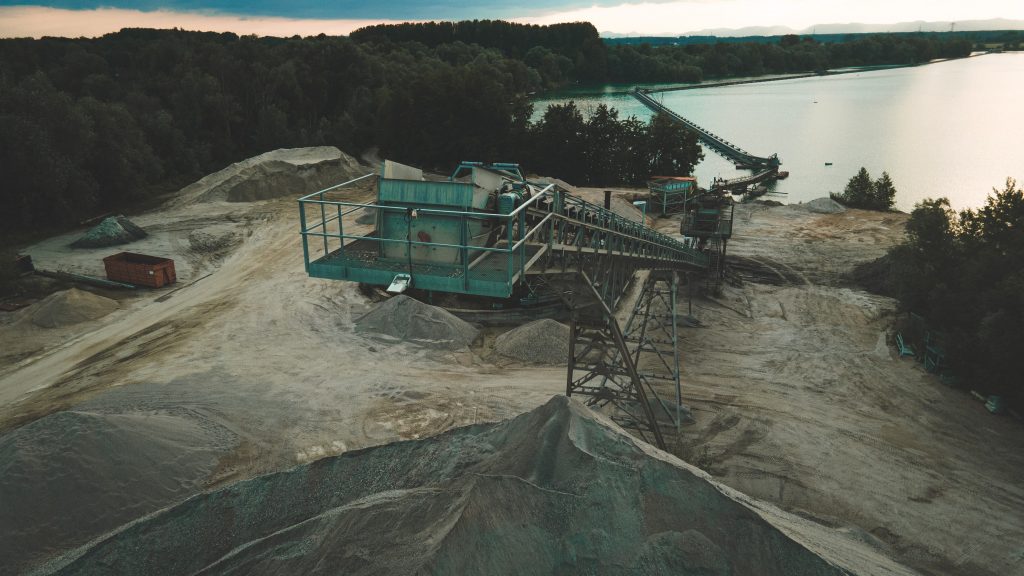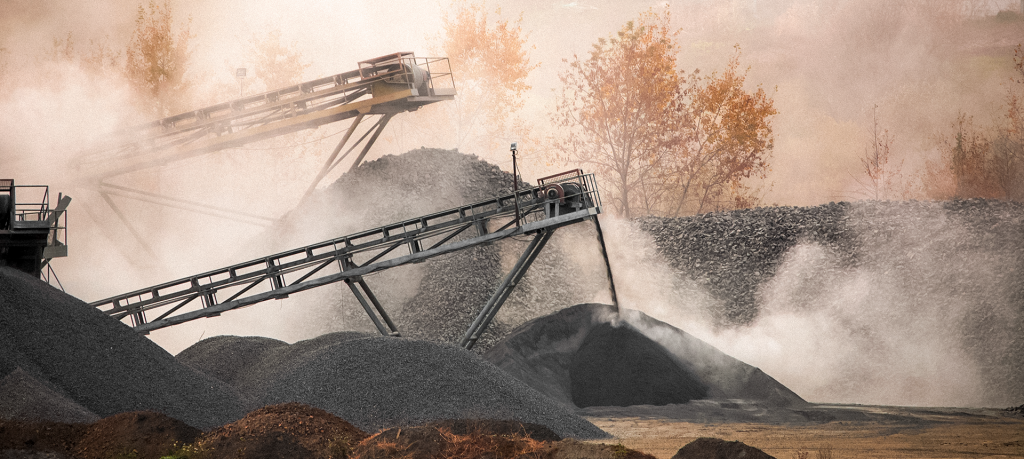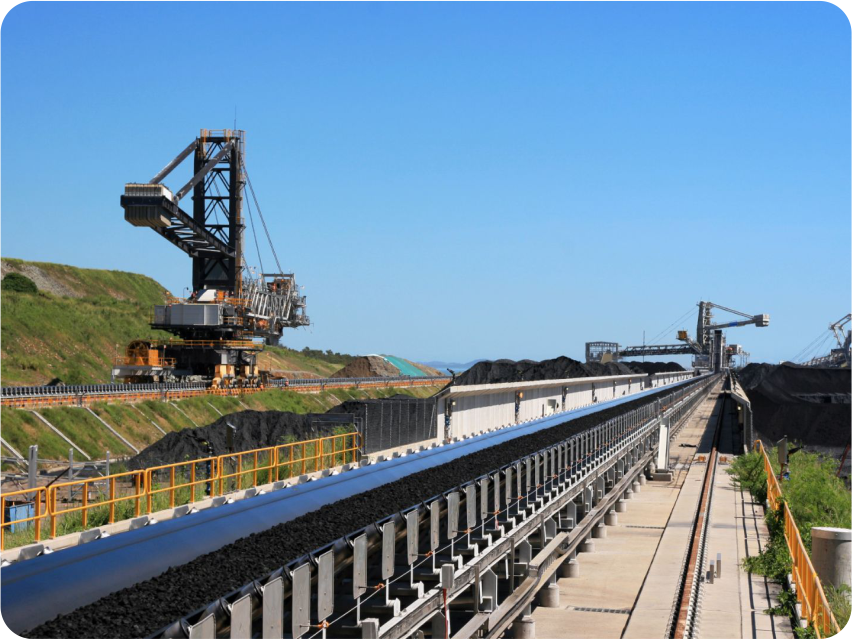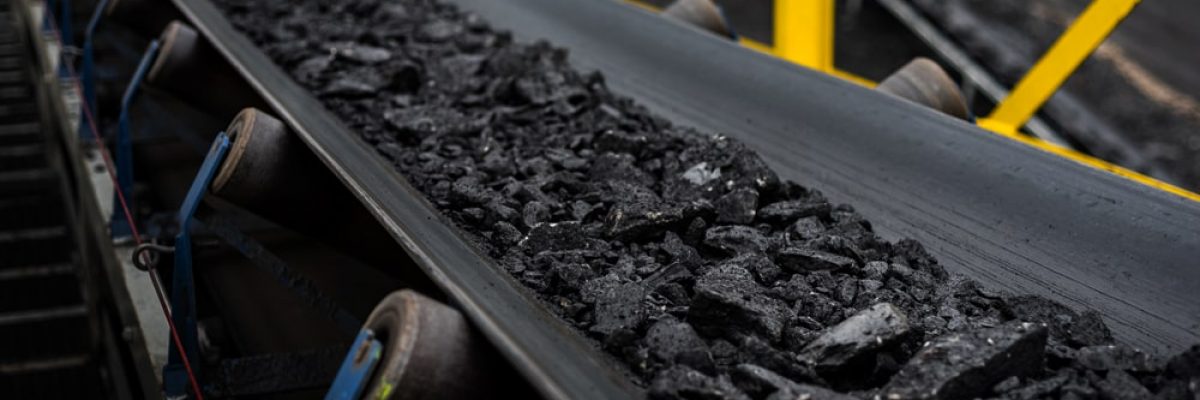
Those who work in different segments of the industry know that there are several types of conveyor belts and that they are extremely important pieces of equipment to improve the transportation process of various materials and ensure a smooth operation.
After all, conveyor belts are components that are designed to move products more safely and quickly. They move the world.
Because of that, Mercurio Conveyor Belt prepared this article to answer all your doubts about the types of conveyor belts. In addition to getting to know their origins, you are also going to understand what the best options for your company are.
So follow this content until the end. Enjoy your reading!
So, what are conveyor belts after all?
Before we introduce the types of conveyor belts, it is important to say what they are. Conveyor belts are components responsible for the continuous transport of a large volume of bulk materials moving on pulleys and idlers.
For this reason its use results in increasing the efficiency of productive activities, reducing costs per volume transported, minimizing risks of accidents, while ensuring reliability and agility in operations.
In this sense, conveyor belts have become very important as the industry has evolved because they have a direct impact on business progress and global development.
To better understand this equipment it is important to know more about their production and that is what we will talk about next.
How are conveyor belts classified?
Existem diferentes classificações de correias transportadoras, desde as básicas industriais, até as mais longas, presentes em TCLDs, por exemplo. Isso se deve ao fato de que a definição é de acordo com o tipo e volume do material transportado.
Sendo assim, em relação aos tipos de correias transportadoras, é possível encontrar as seguintes classificações:
- Industrial Conveyor Belts;
- Steel Cord Conveyor Belts;
- Textile Conveyor Belts;
- Pipe Conveyor Belts;
- Especial Conveyor Belts.
In this article we are going to talk in more detail about each of these types of conveyor belts, so continue reading.
How are conveyor belts made?
Conveyor Belts consist of three basic elements: upper and lower covers, bonding rubbers, and the carcasses. These elements work together to ensure the safe and efficient transportation of materials.
The covers have the main function of protecting the Conveyor Belt’s carcass from the effects of the material carried and they need to be resistant against being cut, scratched, ripped, not to mention abrasion and other hazards, so it is important to manufacture the covers with high-quality, resistant materials.
The carcass is considered the Conveyor Belt’s element of strength because it is responsible for bearing the load, tensions, bends, and impacts. Because of this it is important that they are made with resistant and quality materials.
Finally, the bonding rubbers ensure the joining of the covers to the carcass and help keep the entire set cohesive and flexible. They must be made of durable materials since they make sure that the other elements of the Conveyor Belt work in a complete and safe manner.
Where conveyor belts used?
Conveyor belts are often found in industries of various segments such as mining, agribusiness, steel, pulp & paper, as well as in ports and cement plants.
Because they are versatile and safe, they make it possible to transport materials such as iron ore, grains, coal, cement. and lumber at short or long distances in high quantities.
It is worth noting that they are present in companies around the world due to their importance for carrying out efficient and safe work.
Thus, they contribute to global growth, generate jobs, and drive the economy around the world.
But how did the types of conveyor belts we use become what we know them as today?
To learn more about this, read the following topic.
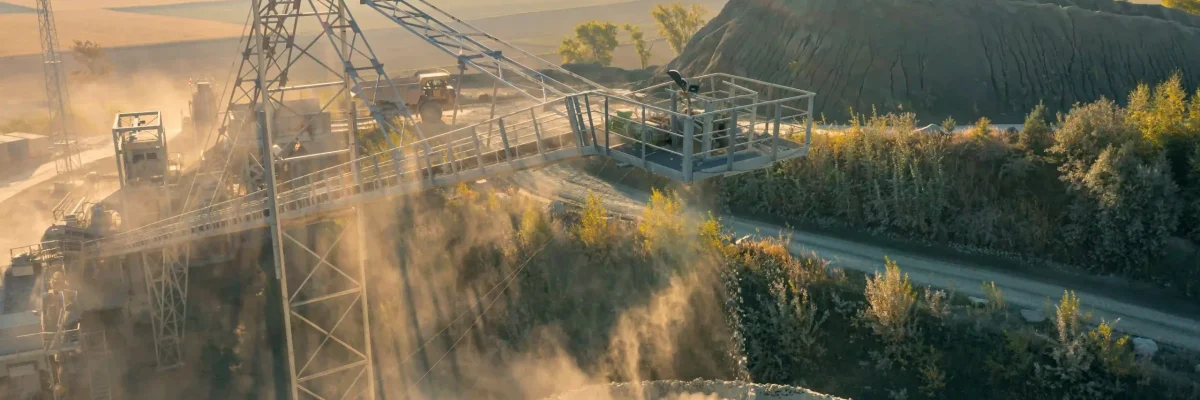
How did conveyor belts come about?
We do not have specific information about the date and the inventor of conveyor belts, but a historical record of the first conveyor belts can be found in England in the second half of the 18th century as a result of the technological advances during the Industrial Revolution.
At first they were built with tarpaulin, leather, or rubber that slid across flat wooden surfaces. At that time it was rudimentary equipment for cargo transport and used specifically in bakeries and slaughterhouses.
Next they were used for transporting cereals to ships across relatively short distances. Gradually Conveyor Belts were improved and in 1804 the British Navy installed a steam-driven Conveyor Belt.
In recent decades, with advanced products and constant investment in new technologies, Conveyor Belts have become necessary equipment and present in operations that drive the world economy.
We are proud to be part of this history of continuous evolution of Conveyor Belts for more than 75 years, becoming the absolute leader in this segment in Brazil and the largest Conveyor Belt manufacturer in Latin America.
Learn more about the types of conveyor belts
As you have seen so far, conveyor belts in their various classifications are fundamental and indispensable for carrying various materials and are present in the industries of the most different sectors of the economy.
For you to better understand each type of conveyor belt, take a look at the descriptions we have prepared.
It is important that you know what type is appropriate for your company’s operations so that its use is appropriate.
Industrial Conveyor Belts
Among the types of conveyor belts, these have a smooth surface and a flat, pipe, convex, or U shape.
In general, belts operating using a convex or flat shape do not exceed a 20° inclination. The ones that have a U and pipe shape reach angles up to 35º.
As an example of this type of equipment, we can mention Mercurio’s pipe conveyor belts.
Steel Cord Conveyor Belts
Com grande capacidade de tração e excelente transmissão de potência, as correias transportadoras de cabo de aço são resistentes a altas tensões e indicadas para longas distâncias. Além disso, devido ao seu design exclusivo, são muito mais flexíveis em comparação às correias de tecido com a mesma resistência.
Além disso, oferecem os seguintes benefícios:
- Less stretching and therefore a shorter response time.
- Uniform speed even with inclining equipment.
- More flexibility compared to fabric belts.
- Lower equipment costs.
PN (POLYESTER/NYLON) Textile Conveyor Belts
PN fabric conveyor belts have carcasses made of polyester in the warp and nylon in the weft and are especially effective for medium and long distances due to their low stretching. They also allow a high speed operation with excellent trough properties.
Through modern stabilization and thermosetting processes, we produce technically adjusted and stable conveyor belts that deliver a variety of benefits such as:
- Superior adhesion between layers (cover and carcass).
- High resistance to stresses, bends, and mechanical
splices. - Low elongation.
- Great dimensional stability.
- High impact absorption capacity.
- Excellent adhesion to hot or cold splices.
NN (NYLON/NYLON) Textile Conveyor Belts
NN conveyor belts have nylon carcasses in both the warp and the weft and are ideal for high-impact applications or high-temperature conditions.
Through modern stabilization and thermosetting processes, we produce technically adjusted and stable fabrics that deliver a variety of benefits such as:
- High operating speed.
- Superior adhesion between layers (cover and carcass).
- High resistance to stresses, bends, and mechanical
splices. - Low elongation.
- Excellent trough properties.
- Great dimensional stability.
- High impact absorption capacity.
- Excellent adhesion to hot or cold splices.
Pipe Conveyor Belts
Mercurio’s pipe belt is a specially designed conveyor
belt with a tubular configuration and has several benefits such as:
- The transport of material is enclosed, protecting it
from the elements. - Prevents dust that contaminates the environment from
forming. - Ensures operational flexibility and safety.
- Transportation of bulk materials such as iron ore,
coal, cement, and paper. - Greater number of cycles and a longer lifetime.
- Fewer intermediate transfer points.
- Greater transversal flexibility.
- Simultaneous transport of materials.
- Resistance to high temperatures.
Special Conveyor Belts
Widely used with flat conveying systems or on slopes up to 90°, the MercoFlex conveyor belt offers a wide range of configurations to ensure the best use of space.
The transverse and lateral cleats form compartments
similar to grooves on the belt for meeting various needs.
- Dosing scale.
- Covering belt.
- Ribbed belts.
- Belt with cleats.
- Endless belts.
How do I know which type of conveyor belt is right for my company?
Understanding the particularities of the material that your company carries is very important when looking for the ideal customizations for conveyor belts. This knowledge should come from experts on the subject who due to their technical background can indicate the best options for operational assurance, safety, efficiency, and productivity.
The following aspects should be considered:
Type of material
The first step when choosing the right conveyor belt is to consider the material that will be transported. The size, weight, and shape of the material as well as the location where the operation is located should be carefully considered to determine which type of conveyor belt is most suitable.
In this way, for best results it is advisable that the conveyor belt be able to handle all stages and possible reactions and changes of the material to be transported.
In addition, it is important to check whether the conveyor belt can withstand the weight or impact of the type of material transported to ensure that there are no problems that stop operations.
Speed
It is extremely important to take into consideration the conveyor belt’s operating speed. This information is crucial to ensure that the conveyor belt selected will be able to transport the material at a safe speed for the operators.
As well as effectively achieve the desired objectives. Selecting an inadequate conveyor belt could lead to serious consequences such as operational failures, accidents, material damage, and even financial losses.
Temperature of the material
The third step when choosing the right conveyor belt is to know what is the working temperature and peak temperature of the material transported.
After all, there are belts exclusively designed for transporting materials at very high temperatures, incandescent in some cases, with flame and high heat resistance properties.
Drive mechanism
Within the conveyor belt system there are different types of drive mechanisms available such as electric motors, combustion engines, hydraulic motors, steam engines, and direct current motors, each with a different power.
So in this case there is a need for synergy between the weight of the belt while transporting the material and the capacity of the motors installed.
So it is necessary to keep in mind factors such as the load transported, the angle of the belt’s inclination, operating speed, and the operation’s travel distance.
Distance
The fifth step when choosing the right conveyor belt is to determine the belt’s distance. This distance should be enough to enable the material to be transported effectively and safely, regardless of its location.
In addition, it is important to keep in mind that the belt’s length should be suitable for transporting the material to the desired total distance.
This ensures the transport of the material quickly, efficiently, and safely, regardless of the belt’s total distance.
Finally, it is essential to make sure that the belt has the necessary length to ensure that the material is transported effectively and safely over the belt’s total distance.
Operating conditions
To choose the right conveyor belt, it is necessary to consider the operating conditions to which it will be subject. This includes climate and working environment conditions such as humidity and pressure.
It is important to understand if these operating conditions will be constant or if they will change over time. If there are large variations, it is necessary to choose a conveyor belt that adapts to these changes and will continue to deliver quality performance.
Technical Specialist
The conveyor belt market is complex and very specific. Knowledge of the area is not widely disseminated, which makes the need for a specialist to be a part of the installation and maintenance process even greater.
It is important that this professional be able to develop and propose assertive solutions for each operation reality, while being a part of the processes that directly and indirectly involve conveyor belts, paying attention to all the needs and particularities, even the most specific ones.

You can find the various types of conveyor belts and technical knowledge at Mercurio.
Knowing the types of conveyor belts present in the different segments of the industry is essential for transportation to take place in the best possible way in your company.
So take into account every detail we presented in this content so that you can make the best decision.
Also know that you can count on Mercurio Conveyor Belt to find the best conveyor belt that meets your needs with quality and safety and to receive the best technical guidance from our team of engineers who are true experts in the subject.
So, contact us via WhatsApp and get to know our solutions.
We hope this article has been helpful to you. If you want to check out our other content, continue on the Mercurio Conveyor Belt Blog.
